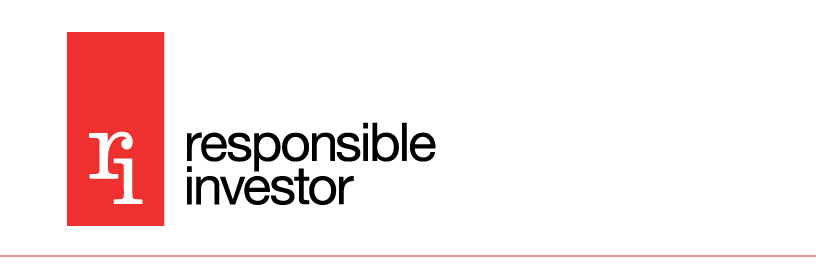
This article is part of a week of coverage by Responsible Investor to mark International Women’s Day 2023.
 Net-zero pledges – commitments to reducing CO2e emissions to zero on a net basis – appear to be everywhere nowadays. According to Net Zero Tracker, one-third of the world’s largest publicly traded companies now have net-zero targets.
Net-zero pledges – commitments to reducing CO2e emissions to zero on a net basis – appear to be everywhere nowadays. According to Net Zero Tracker, one-third of the world’s largest publicly traded companies now have net-zero targets.
Admittedly, many organisations struggle to execute on these high-level commitments, but the process of wrestling with doubts and discussing measurements and reasonable speed of progress is the very reason why such pledges are so valuable. By pairing legitimacy with pragmatic urgency, they empower organisations around the world with the resources to commence execution of their net-zero journey.
Think of the well-known phrase “you can only manage what you can measure” and then think this again at the scale of thousands of organisations. This “scaling via pledging to measure” is why net-zero pledges are so powerful. The urgency of everyone wanting to look good at the 26th annual COP in Glasgow also helped, of course.
Unsurprisingly, biodiversity has been inspired by that annual, urgency-generating COP framework and would probably already have equivalent pledges if a suitable metric equivalent to the ‘e’ in CO2e had been found to date.
Sadly, focus on gender seems to lack such urgency beyond press releases on International Women’s Day – despite the established evidence that better gender diversity can positively affect key outcomes such as disclosure, performance or risk management.
While the lack of a readily available measure beyond the diversity of (predominantly part-time) board members may have explained the delay in scaling, a UN Women webinar late last year demonstrated a clear and readily available measure in the percentage of women among top executives, including the ability to compute this measure ‘net of power’.
A higher female headcount does not necessarily contribute to parity. For example, if a tech company has 50 percent women among its six top executives but the chief executive officer, chief financial officer and chief technology officer are men, while women fill the roles of chief operating officer, chief HR officer and general counsel, we have gender parity in headcount – but not in power.
Hence our proposal: net parity pledges.
This goes further than simply putting more women onto corporate leadership picture galleries. Using the voting rights held by executives, we can estimate the power of such roles in any given sector and calculate the “gender diversity net of power”, or “net gender diversity”. This metric makes it possible for any organisation to pledge net gender parity by a certain date.
Gender parity should focus in particular on the most powerful layer of an organisation: its full-time employed leadership. While many organisations will argue that it will be a struggle and might take decades to find sufficient female talent for the top executive layer, that very struggle is the point. It pairs legitimacy with pragmatic urgency and empowers organisations to commence executing their journey towards true gender parity.
We are calling for organisations to make net parity pledges, with goals to be achieved by as soon as 2040 (or 2050). We believe that gender equality is a human right and that net gender parity is an essential part of this equality.
It is particularly important that larger private, public or third-sector organisations – with their substantial resources and talent pools – lead the way, but net gender parity, and a better future, will rely on all of us taking action.
Andreas Hoepner is a full professor of operational risk, banking and finance at the Smurfit Graduate Business School of University College Dublin. Jacqueline Jackson is the head of responsible investment at London LGPS CIV.










